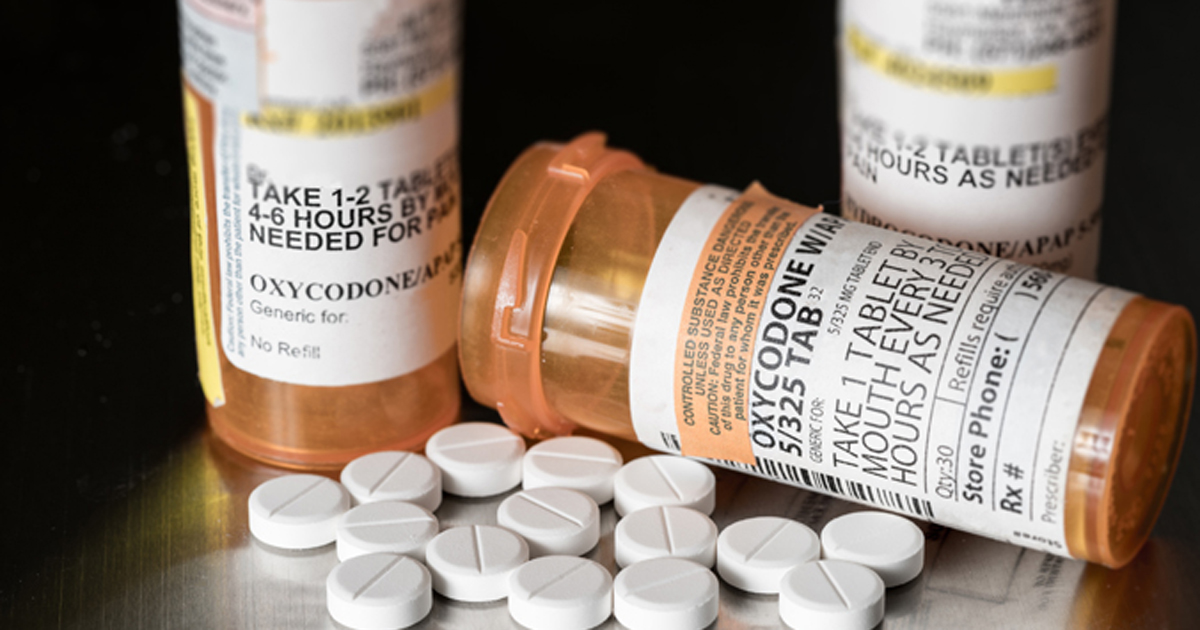Potential for opioid misuse creates prescribing challenges for internists
PHILADELPHIA — Due to fear that patients could potentially develop an addiction, prescribing opioids remains a challenge for physicians who are often caught between under-prescribing and over-prescribing. Developing positive doctor-patient relationships and individualized approaches for each patient is critical, according to a presenter at the American College of Physicians Internal Medicine
“Physicians need to remember to judge the treatment, not the patient,” Daniel P. Alford, MD, MPH, of Boston University School of Medicine, said in a presentation.
Lack of trust is the primary barrier between physicians and patients with chronic pain, according to Alford.
From the patient side, some perceive that the physician is suspicious of them and how they define their level of pain and their motives for seeking treatment.
From the physician side, they are often wary of prescribing opioids because they do not want to contribute to “the epidemic of overdose deaths.”
This lack of trust leads to a complicated clinical relationship, where the physician becomes more like an “interrogator or police officer,” than a caregiver, and patients feel unfairly judged, Alford said.
Alford suggests first prescribing the lowest dose of opioids possible and combining that with other physical and psycho-behavioral treatments. If the opioid treatment is effective, which he defines as improving pain, quality of life and function as determined by the PEG (Pain, Enjoyment General Activity) scale, and does not seem to pose a risk, it should be continued.

However, because a physician has only subjective assessments of whether he or she believes the opioids are providing more benefit or harm, deciding when to discontinue opioids presents another challenge. Alford discontinues a patient’s opioid prescription if there are worrisome behaviors, including patients running out early or trying to obtain more opioids from the ED, even if he cannot be certain the patient has developed an addiction. According to Alford, even if a benefit seems to exist, the possible presence of harm is more pressing.
“You need to determine how urgent the discontinuation should be based on the severity of your concern,” Alford said. “This is an important take-home message. You are not abandoning patients. You are abandoning the opioid therapy that is either not working to their advantage or is causing them harm.” – by Melissa J. Webb
Reference:
Alford DP. The opioid epidemic and the role of the internist. Presented at: ACP Internal Medicine Annual Meeting. April 11-13, 2019; Philadelphia.
Disclosure: Alford reports no relevant financial disclosures.

